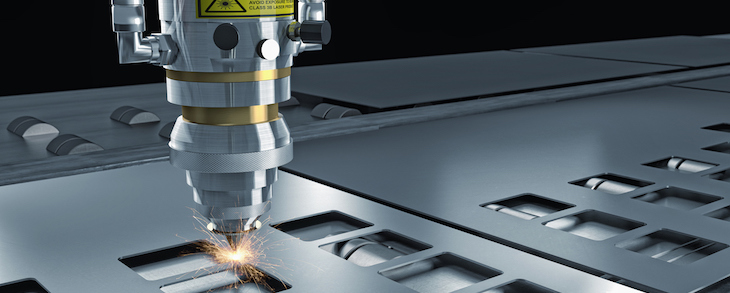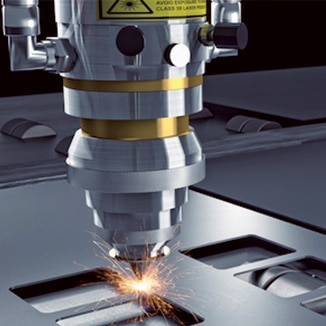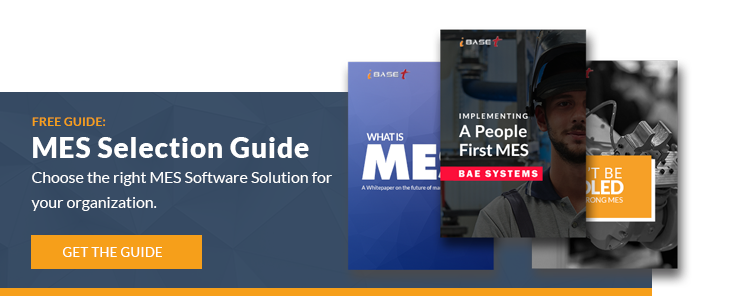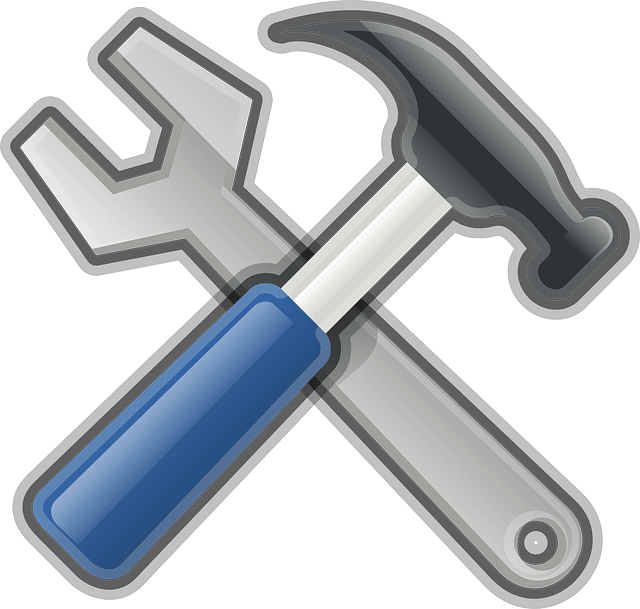
Manufacturers track tools and gauges for a host of reasons. Tool and gauge management is used to prevent losses, determine when to repair or replace, and to maintain working condition to meet requirements and ensure efficient operation. Tracking tools and gauges provides essential documentation to protect the company from liability and eliminate auditing issues.
MES with Integrated Tool and Gauge Management
For many companies, traditional tool and gauge management means hours of labor and pounds of paper. Such time and cost can be avoided when a manufacturing execution system (MES) has integrated tool and gauge management functionality. An MES with integrated tool calibration management can automatically verify that a tool or gauge used is still under calibration and is appropriate for the tolerance required. An advantage provided by an MES is that recalibration can be triggered based on tool usage and not strictly on dates.
Some QA organizations have people dedicated to collecting logbooks from the shop floor and manually verifying that all the appropriate forms have been filled out. This function can be fully automated with an MES system for organizations that have to assemble this type of paperwork as part of the documentation package that is delivered with the product to the customer.
What an MES Should Deliver for Integrated Tool and Gauge Management
An MES with effective tool and gauge management capabilities should deliver three essential functions:
- Track tool certification. The MES should meet the most demanding quality management standards including ISO9001, AS9100, and ISO13485. These standards require organizations to track calibration statuses for measurement devices, and ensure that there are procedures in place to prevent using gauges with expired calibrations.
- Support in-house tooling. Tools, fixtures, and templates built in-house that must stay in compliance with AS, ISO, DoD and a myriad of other compliance and quality management standards must be supported. An effective tool and gauge management system supports advanced functions including tool-manufacturing work orders and UID label reading and printing for manufactured tools.
- Integrate seamlessly with MES. The system should provide auditability and traceability of every tool, expiration rules, expiration dates, tool usage tracking, and tool compliance history. This wealth of automated data replaces the need for manual, error-prone paper processes that slow down production performance.
Benefits of MES for Tool and Gauge Management
The main benefits of having an MES with integrated tool and gauge management functionality are automatic verification of tool calibration, automatic dispatch of work orders, and optimization of calibration.
- Automatic verification of tool calibration. An effective MES automatically verifies tool calibration before data collection measurements are recorded. This ensures that expired tools will never be used. The system should meet the strict requirements for AS9102 regulatory compliance for First Article Inspection (FAI). This makes sure that all engineering and design requirements are met before an item moves to the next manufacturing step, bridging the gap between as-designed and as-built.
- Automatic dispatch. The MES should automate work order operations to tool-kitting dispatch lists while providing complete visibility to production personnel managing operations. Further, it should have the ability to optimize the selection of tools assigned to mechanics that are kitted along with parts or separately, depending on the requirements for each manufacturing site.
- Optimizing calibration work orders. Effective tool and gauge management helps the user gain flexibility and agility by defining and executing template-calibration plans (work plans) for specific tools to create calibration work orders optimized throughout the entire MES. Test results and certificates should be able to be electronically attached to the calibration records.
As manufacturers continue down the path to digital transformation, integrated tool and gauge management within MES is another step to extending the digital thread across the length and breadth of the manufacturing organization. Even the most traditional areas of the factory landscape—like the tool crib—are destined to be part of the digital transformation.




